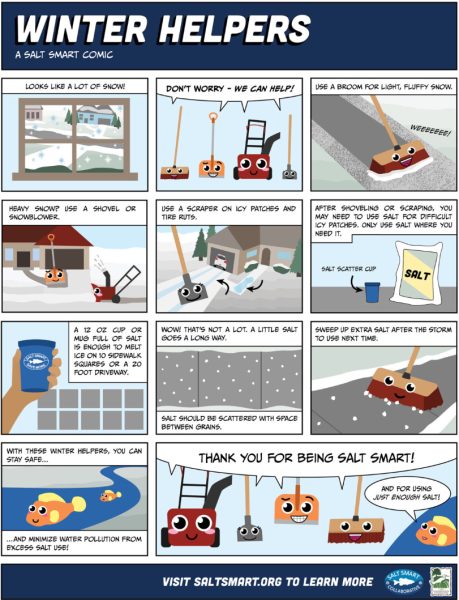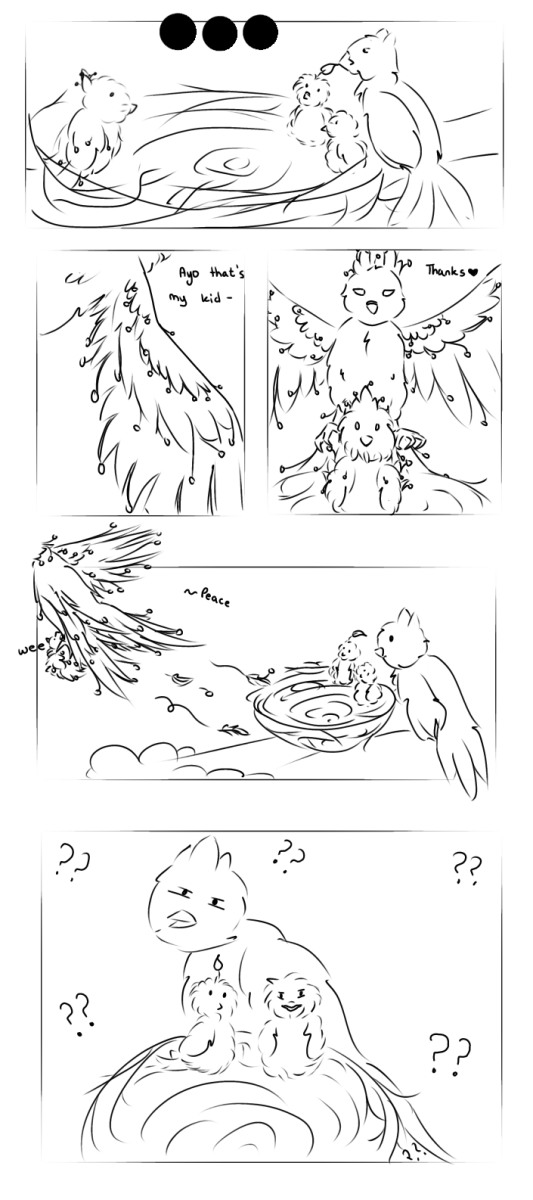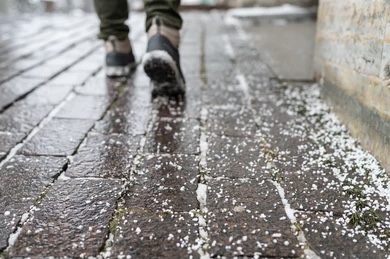
Winter salts are commonly used for winter maintenance and prevents slick sidewalks and pavements during the colder months. In the “snow belt” portion of the United States, winter salt is often used to safeguard against car accidents on roads. The chloride salts of sodium, calcium, magnesium and potassium are the four primary chemicals used for this service. According to RiverWatch and WTTW News, the Illinois Department of Transportation spread nearly half a million tons of salt on roads in 2021.
Nationally, the amount of salt rose to 20 million tons. Chloride levels in northeastern Illinois wetlands and lakes have been steadily increasing over the course of recent decades. As more roads and parking lots are installed in local towns and cities, more chlorides are inflicting damage to vehicles, buildings, waterways and the overall environment.
There are several setbacks to homeowners and municipalities using excessive winter salt. The winter salt that is used to keep roads, parking lots and sidewalks ice-free gets washed away with precipitation or wind, seeping into the groundwater and irreversibly polluting its contents. In rivers, salt poses a threat of high toxicity levels for fish and damages water purity. Not to mention, winter salt is excessively abrasive to infrastructure and can quickly depreciate budding vegetation. Salt corrodes metal on both bridges and cars, causing an unseemly appearance.
Another negative effect of winter salt use is a phenomenon called “salt burn.” On the landscape, salt burn can appear on shrubs and trees lining roadways and sidewalks. Salt spray or granules from passing vehicles can kill vegetation. People can easily observe instances of salt burn next to sidewalks near school or church buildings,- where high levels of salt have prevented the growth of grass. It is undoubtedly frustrating for people to grow plants in soil that is so saturated with salt.
The good news is that there are several practical steps that can be taken to mitigate the effects of excessive winter salt use and to reduce salt usage. The Conservation Foundation advocates for the reduction of chlorides in waterways by carrying out the Salt Smart Collaborative. Anyone wishing to get involved can find information on this initiative at www.saltsmart.org.
Through Salt Smart, the Conservation Foundation also hosts yearly de-icing workshops for volunteers. Registration can be located at saltsmart.org/workshops. Those interested in engaging in hands-on volunteering and becoming an advocate for healthier streams to make an impact on your community should consider becoming a Winter Chloride Watcher. Watchers customarily attend a chlorine monitoring workshop at www.theconservationfoundation.org/wcw, select a sampling site to monitor at least once per month from November through May and report their findings with their chloride sampling kit through the Water Rangers app.
There are many easy alternatives to consumers rather than purchasing and using too much winter salt this season!



























